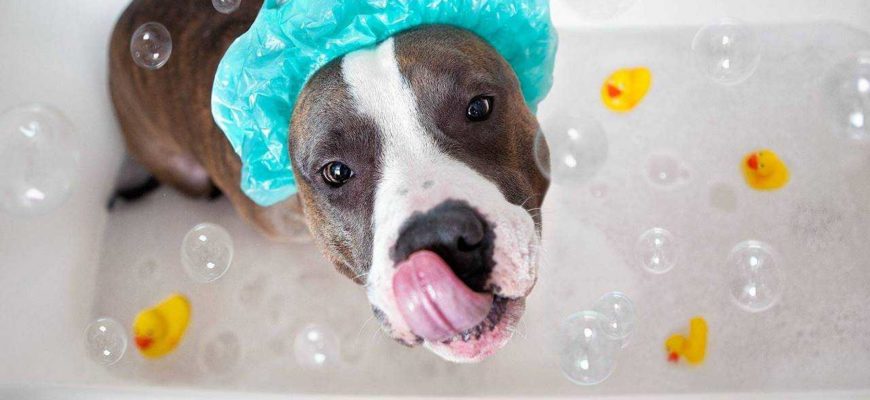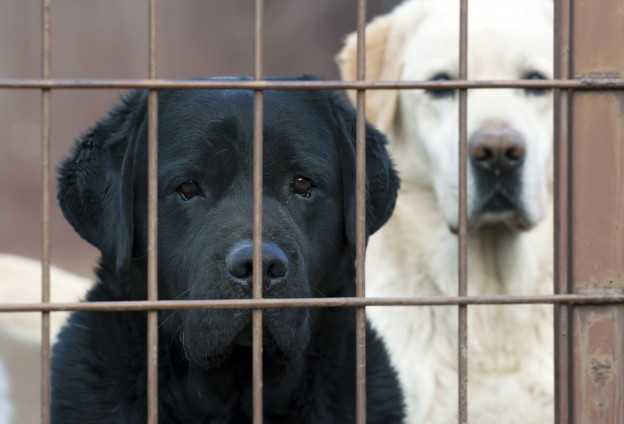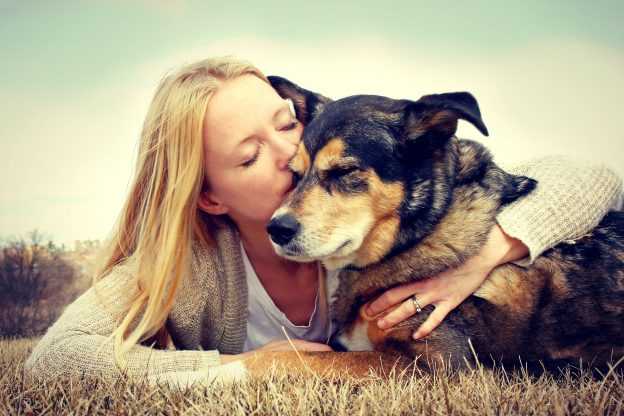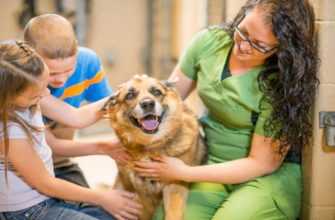This guide is brought to you by Dr Ashley Gray MA VetMB PhD MRCVS, dog insurance provider Vetsure’s founder. It’s estimated that in 2020, there were roughly 9.9 million dogs in the UK. Whilst the vast majority of these dogs are much-loved members of their families, it is a sobering fact that thousands of dogs find themselves in dog pounds and rescue centres each year.
The Dog’s Trust estimate that there are roughly around 110,000 dogs needing rehoming at any one time. With rescue centres across the country consistently running at or above capacity, should you be looking to bring a dog into your life, it makes sense to, at least, consider adopting a rescue dog instead of buying a puppy.
We’re all familiar with the slogan ‘A dog is for life, not just for Christmas’, and we know that behind that slogan lies the unfortunate fact that many people don’t realise that bringing a new dog into their home takes a huge amount of preparation, perseverance and patience.
For those adopting a rescue dog, the challenges can be much greater, and it’s vital for new owners to do whatever they can to ensure that their rescue dog adapts well to its new and loving home as quickly as possible.
By choosing a rescue dog, you are saving the life of a creature who depends upon humans for care and shelter. You are giving them a fresh start and a new home, and in return, you will be given unconditional love. By following the simple steps in this guide, you can make the process of rehoming your dog as smooth and stress-free as possible for the both of you.
Key points to consider before rehoming a dog
One of the simplest things to consider before rehoming a rescue dog is whether now is the right time for you to rescue. If you are planning a holiday, a house move, a new baby or a new job within the coming months, it might be a good idea to postpone your adoption until all of these distractions are out of the way.
When a new dog comes into your life, whether a rescue or not, it’s really important that you can give him your full attention at all times. Rescue dogs, in particular, can be very nervous in their new environment, and a busy household with no routine can be terrifying for some dogs.
If you do have enough time to give to a rescue dog, the next consideration should be what type of dog is right for you. Consider how much exercise you can offer your new dog, what level of dog-handling experience you have, and whether you need a dog that is comfortable with other pets or small children.
For example, if you live in a busy city with small children and other pets, adopting a Border Collie that has only ever lived outside on a farm is likely to be a very bad idea! A rescue centre can talk through all of your needs and match their available dogs to your exact requirements.
Don’t be afraid to take your time when choosing a rescue dog, and if you don’t think there are any suitable dogs when you visit the rescue centre, don’t be tempted to settle for something unsuitable, in the hope that you can ‘fix’ the issues. It’s far kinder, to the dog and to your family, to walk away and wait for the right dog for you.
Making your home ready for your rescue dog
Spending some time preparing for your dog’s arrival can help him settle down as quickly as possible, and can make life a lot easier for you too. It’s inevitable that you and your new pet will feel nervous when you get home on the first day, so make life easy for yourself with some forward planning.
The rescue centre should be able to advise you on what food your new dog has been eating, and it’s a good idea to stick with that for a week or two at least, to avoid any upset tummies. Treats are also a good idea, as they are invaluable as rewards when teaching dogs new behaviours.
Don’t go overboard, though, as it’s easy to overfeed dogs. Decide where they are going to eat and keep that consistent. The place where you feed him should be quiet and safe – without the distraction of other pets or children.
As well as food and drink, your dog also needs a safe space to call his own. This space is where he will sleep, but is also where he can learn to go when he wants some quiet time. Not everyone likes the idea of using a dog crate, but when used sensitively and responsibly, crates can be an effective tool in training your dog to be a balanced and happy pet.
Most dogs actually love their crates and see them as their own ‘den’. Try covering the top of the crate with a blanket for added comfort and security.
Pet insurance should be next on your list and the final things you need to buy before you bring your new dog home are a collar and lead, a plentiful supply of poop bags, and perhaps one or two dog toys. Rubber ‘Kongs’ are great for dogs, as they are virtually indestructible and can be filled with tasty treats to keep your dog entertained.
Lastly, before you bring your new dog home, make sure that you talk about his arrival with all members of your family. It’s important to explain, to children in particular, that the dog will be very nervous about coming to a new home, and will need plenty of time and space to settle in.
A house full of over-excited children, or visitors dropping in to see the new addition, can be overwhelming for a dog. Explain that there will be plenty of time to get to know the new dog once he’s had time to settle in.
What to expect from the dog on arrival
Hopefully, you will already have spent some time with your new dog as most rescue centres will ask you to visit them several times before releasing a dog into your care. Usually, you’ll also be asked to take your dog for a few walks, to get to know him and to be 100% sure that you are right for each other. Even with all of this careful planning, your new dog may still be frightened by the rehoming process, and may even be travel-sick on the journey home.
Once you get home, take the dog out of the car, put him on the lead and allow him to walk around the garden briefly, to go to the toilet and to get his bearings. Then bring him into the house, and show him his bed and food and water bowls.
Make sure that your dog understands where his safe place is, so that he can go there whenever he needs to. If you’re using a dog crate, it can be a good idea to feed your dog in the crate too, so that he associates the crate with the positive experience of being fed. Don’t try shutting the door of the crate until the dog has come to see it as his own space. Only feed a light meal on the first evening, whilst your dog settles down. Don’t try to fuss the dog too much, and simply let him relax, whilst you sit quietly or go about your routine.
With the sensory overload that comes with entering a new home for the first time, your dog may not be particularly responsive and may not want to be stroked or handled. On the other hand, he may be wildly over-excited and try to tear around the house. Let the dog go at his own pace, but try to control the environment so that he settles as quickly as possible.
How to handle introductions when bringing a new dog home
When the time comes to introduce children and other pets, it’s important to take a softly-softly approach, to avoid distressing your new dog. Explain to your children that they should sit calmly on the sofa and wait for the dog to approach them. Tell them to sit quietly, without shouting or making any sudden movements. This will allow the dog to approach carefully and to assess these new and curious creatures on his own terms.
With other dogs, it can be a good idea to have the first meeting take place outdoors, ideally, take them on a walk where there is more space for each animal to feel safe in. Let the dogs introduce themselves, but keep a close eye on them, in case you need to intervene. Until the new dog is fully settled, make sure that mealtimes are closely supervised, and don’t leave your rescue dog alone with your other dogs.
When introducing your new rescue dog to your cat, it can be a good idea to keep the dog on the lead, even if sitting in the lounge. That way, the cat can approach the dog and introduce itself in its own time, while you maintain full control of the dog. Always make sure that a cat has a safe space to escape to, if the introductions don’t go perfectly.
Building a bond with your dog
It can be tempting to try to rush the process of bonding with your dog, by constantly stroking him or even picking him up. To a dog, all of this can be quite intimidating. It’s far better to take things slowly and allow the dog to come to you – just by spending time in the same room together, sitting quietly and speaking gently, the dog will soon come to realise there is nothing to be fearful of.
Once you’ve got over the first hurdles of the dog being confident in your presence, you can work on building that special relationship through a variety of techniques. It’s important that your dog sees you as a provider of fun, so play freely and enthusiastically with him.
However, be sure to let your dog know that you control when and how play time goes, this is important for training a well-mannered dog. Other things that can help to build trust include regular grooming and handling.
Take this very slowly, and allow the dog to get used to you touching all parts of his body, including ears, feet, tail, head and muzzle. This can be a very long process with many rescue dogs, but with time, it will build a solid relationship between you.
House training
It’s inevitable that there will be a few ‘accidents’ when introducing a new dog to your home, but there are ways to make sure that these are kept to the minimum. Try to ensure that your dog is let outside to go to the toilet on a regular basis, and particularly before bedtime.
Tune into when the dog is trying to tell you that he needs to go outside – he may whine, or sit by the door, for example. A crate can help with house training too, as dogs do not like to soil their sleeping area, so he will learn quickly to go before bedtime and to strengthen his control, to allow him to last until morning. If you do have any accidents, avoid cleaning products that contain ammonia as these can actually encourage your dog to pee in that place again. Try white vinegar instead.
Establish daily routines
Dogs are creatures of habit, and like things to follow a routine. By providing consistency, you’ll help him understand what his new life involves and he’ll grow into a relaxed pooch. Try to walk the dog at the same times each day, and keep mealtimes regular too. Don’t move the dog’s bed around, as he needs to be sure of where that safe space is.
It’s easy to cut a rescue dog some slack at the beginning, telling yourself that he is just settling in. However, by allowing bad habits, such as jumping up, pulling on the lead, or using his mouth when playing, you could be doing more harm than good. These behaviours soon become entrenched, and it is much harder to train bad behaviour out of a dog than to train good behaviour in.
Dogs usually learn things very quickly, so with some patience and calm perseverance, you should see the results of any training undertaken before long.
Veterinary care for your rescue dog
It’s very important to try to get your new friend used to visits to your veterinary practice. The veterinary team need to be established as friends and associated with positive experiences as much as possible – not just times of illness.
With this in mind, ask your veterinary team whether they would be happy for you to pop in for a free introduction – just an opportunity for your dog to visit the practice and be pampered by the staff – not examined, prodded and poked!
So, if a veterinary examination or vaccination is due, maybe do this on a separate occasion. In an ideal world, your dog should have visited the vets on several occasions for a good pampering and maybe a treat before any more ‘practical’ visits are required.
Most caring veterinary teams will be happy to oblige with this as they know how important it is for dogs to feel comfortable coming into the vets – particularly rescue dogs who may have had previous bad experiences.
Conclusion
Dogs can find themselves in a rescue centre for all sorts of reasons. It’s easy to write off these animals as being ‘too difficult’ or ‘problem dogs’. However, with some forward planning and plenty of patience and gentle, positive handling, a rescue dog can be every bit as rewarding as any other dog, if not more so! If you’re considering bringing a new dog into your life, why not consider adopting a rescue dog?

 Home
Home Animal Adoption
Animal Adoption Animal Names
Animal Names Cats
Cats Dogs
Dogs














